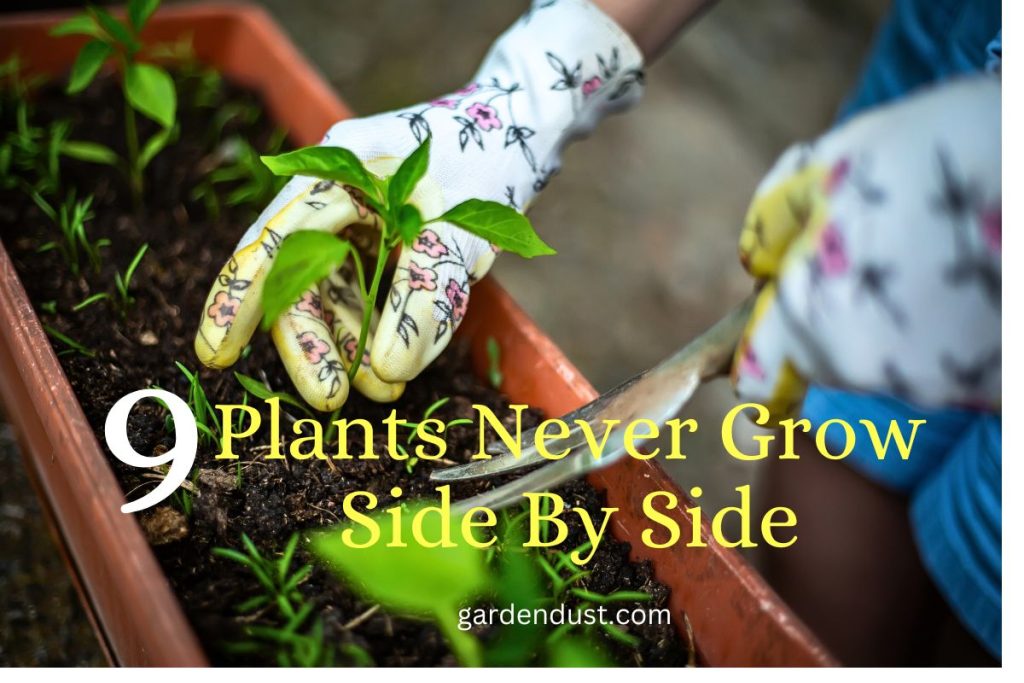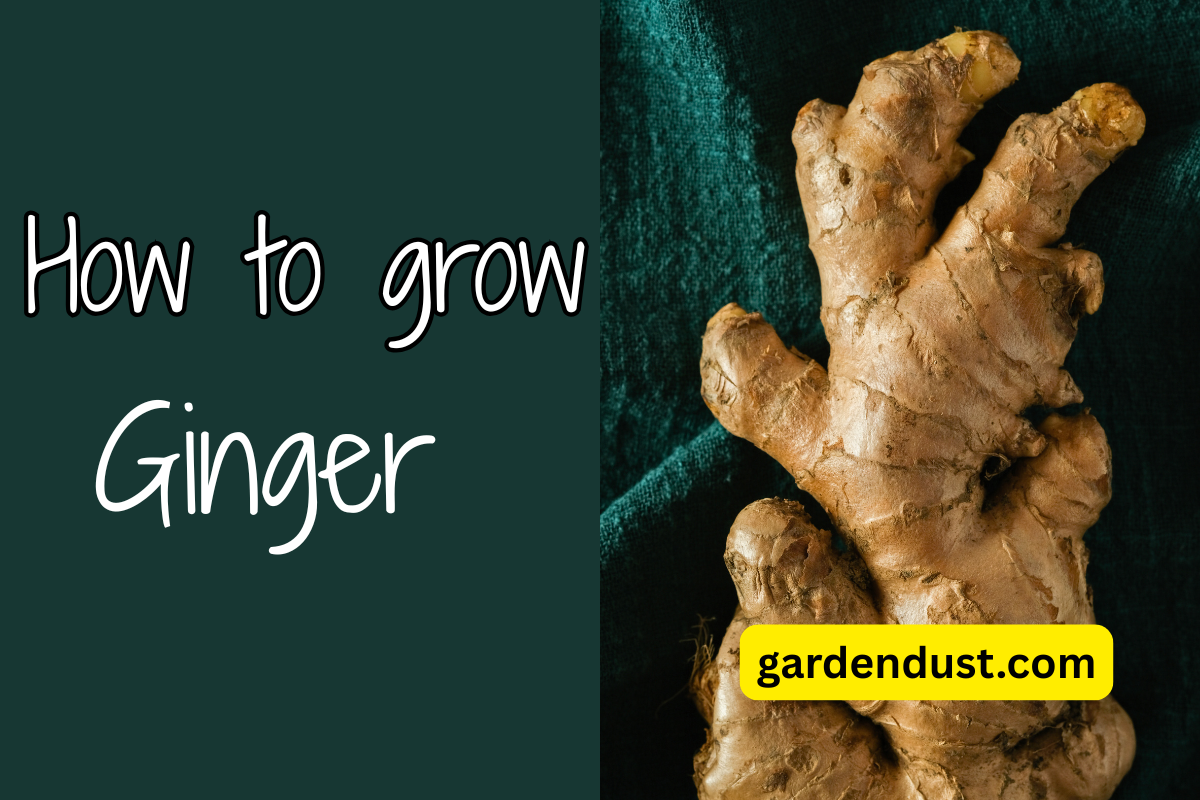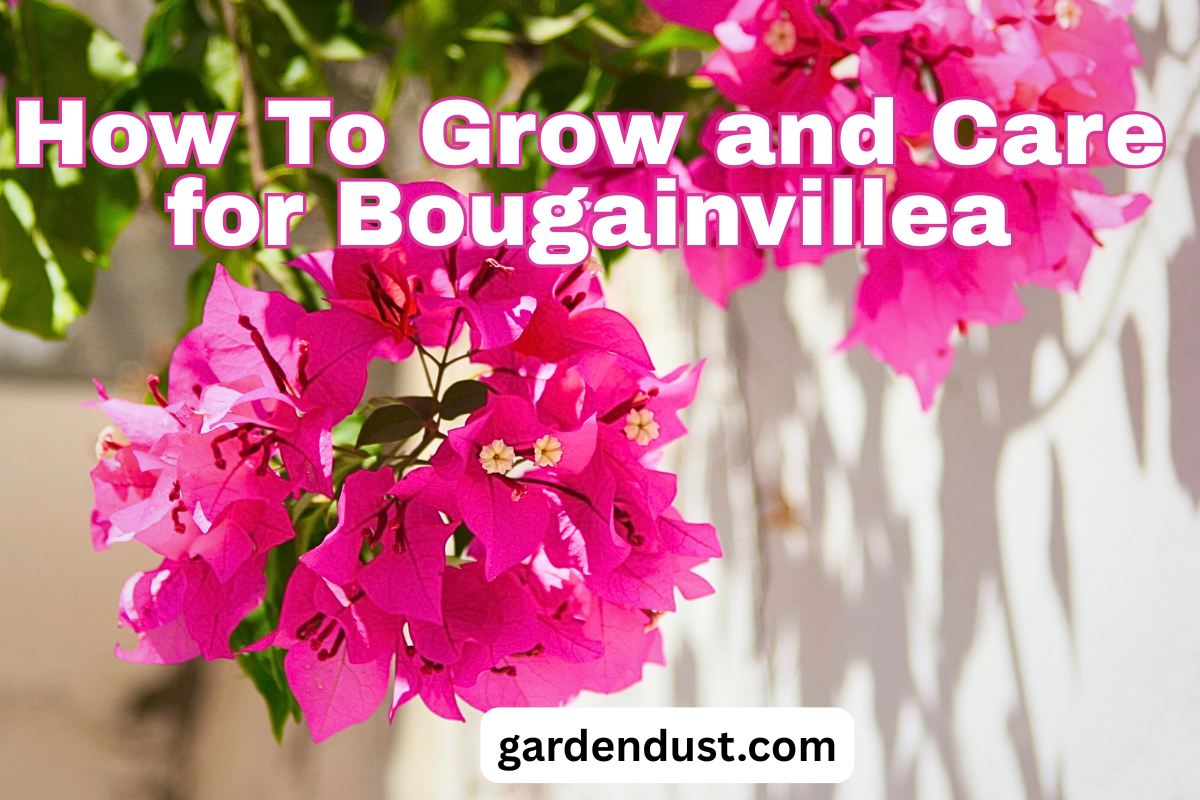In the enchanting world of gardening, the careful selection of companion plants is crucial for fostering a thriving and harmonious ecosystem. While some plants happily coexist and even enhance each other’s growth, there are certain combinations that can lead to stunted growth, diseases, and overall poor yields. In this article, we will delve into the intriguing dynamics of plant interactions and explore nine pairs of plants that should never grow side by side. Let’s start…
9 plants never grow side by side –
1. Tomatoes and Potatoes
The allure of the nightshade family is undeniable, with both tomatoes and potatoes holding a prime spot in many gardens. However, these botanical siblings share susceptibility to a common enemy – the Colorado potato beetle. Planting them in close proximity can create a hotspot for these pests, leading to devastating consequences for both crops. Additionally, tomatoes are prone to late blight, which can easily spread to potatoes when grown in close quarters.
2. Cucumbers and Sage
Cucumbers and sage may seem like an unlikely duo to clash in the garden, but their roots release substances that can inhibit each other’s growth. Sage, with its strong aromatic oils, can negatively impact the growth of cucumbers. For optimal results, it is advisable to keep these two plants at a safe distance from each other.
3. Beans and Onions
While beans and onions both offer fantastic culinary possibilities, their coexistence in the garden can be problematic. Beans release compounds that can inhibit the growth of onions, leading to stunted bulbs. On the flip side, onions can impart their strong scent to beans, making them less appealing to certain pollinators. To avoid such conflicts, consider planting these crops in separate areas.
4. Corn and Tomatoes
The Native American gardening technique known as the “Three Sisters” involves planting corn, beans, and squash together for mutual benefits. However, adding tomatoes to this mix can be detrimental. Tomatoes are susceptible to a corn disease called corn earworm, and planting them near each other increases the risk of cross-contamination. To preserve the health of both crops, it’s best to separate them.
5. Strawberries and Cabbage
The vibrant allure of strawberries and the robust nature of cabbage may seem like an interesting combination, but their growing preferences do not align. Strawberries thrive in slightly acidic soil, while cabbage prefers alkaline conditions. Planting them together can create an unsuitable environment for both, resulting in stunted growth and reduced yields.
READ ALSO:-15 HERBS THAT PLANTED TOGETHER
6. Lettuce and Celery
Lettuce and celery may seem like a wholesome pairing for a garden salad, but their growth habits are at odds. Celery requires more water and nutrients, which can leave lettuce struggling for resources. To ensure the flourishing of both, it’s wise to separate these greens and provide them with the specific conditions they need.
7. Peppers and Fennel
The spicy kick of peppers and the aromatic licorice-like flavor of fennel might not be a culinary match made in heaven, and the same holds true in the garden. Fennel releases substances that can hinder the growth of peppers and other nightshades. To foster the optimal development of both plants, keep them at a safe distance from each other.
8. Radishes and Hydrangeas
While the juxtaposition of radishes and hydrangeas may seem whimsical, these plants are better off apart. Radishes release compounds that can stunt the growth of hydrangeas, affecting their vibrant blooms. To maintain the beauty of your hydrangea bushes, it’s advisable to choose a different location for your radishes.
9. Carrots and Dill
Carrots and dill may share a spot in various culinary dishes, but their garden companionship can be tricky. Dill can attract pests that are harmful to carrots, such as aphids and spider mites. Separating these plants is crucial to prevent pest infestations and ensure the successful growth of both.
In the intricate dance of nature, understanding the dynamic relationships between plants is essential for a successful and bountiful garden. While some plants flourish when grown side by side, others can hinder each other’s growth and overall productivity. By carefully selecting plant pairings and respecting their individual needs, gardeners can create a harmonious environment where each plant thrives, contributing to a beautiful and flourishing ecosystem. Happy Gardening…







